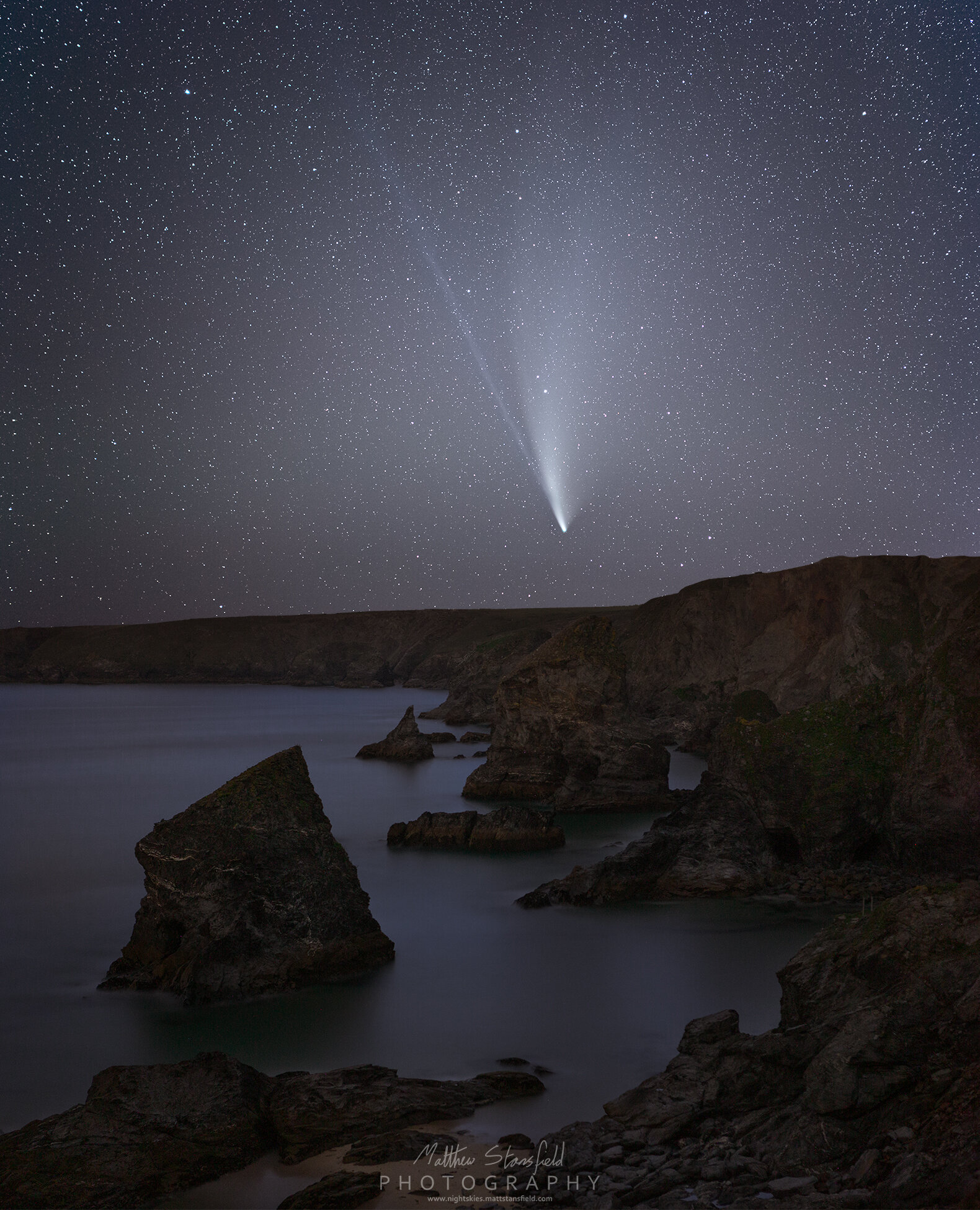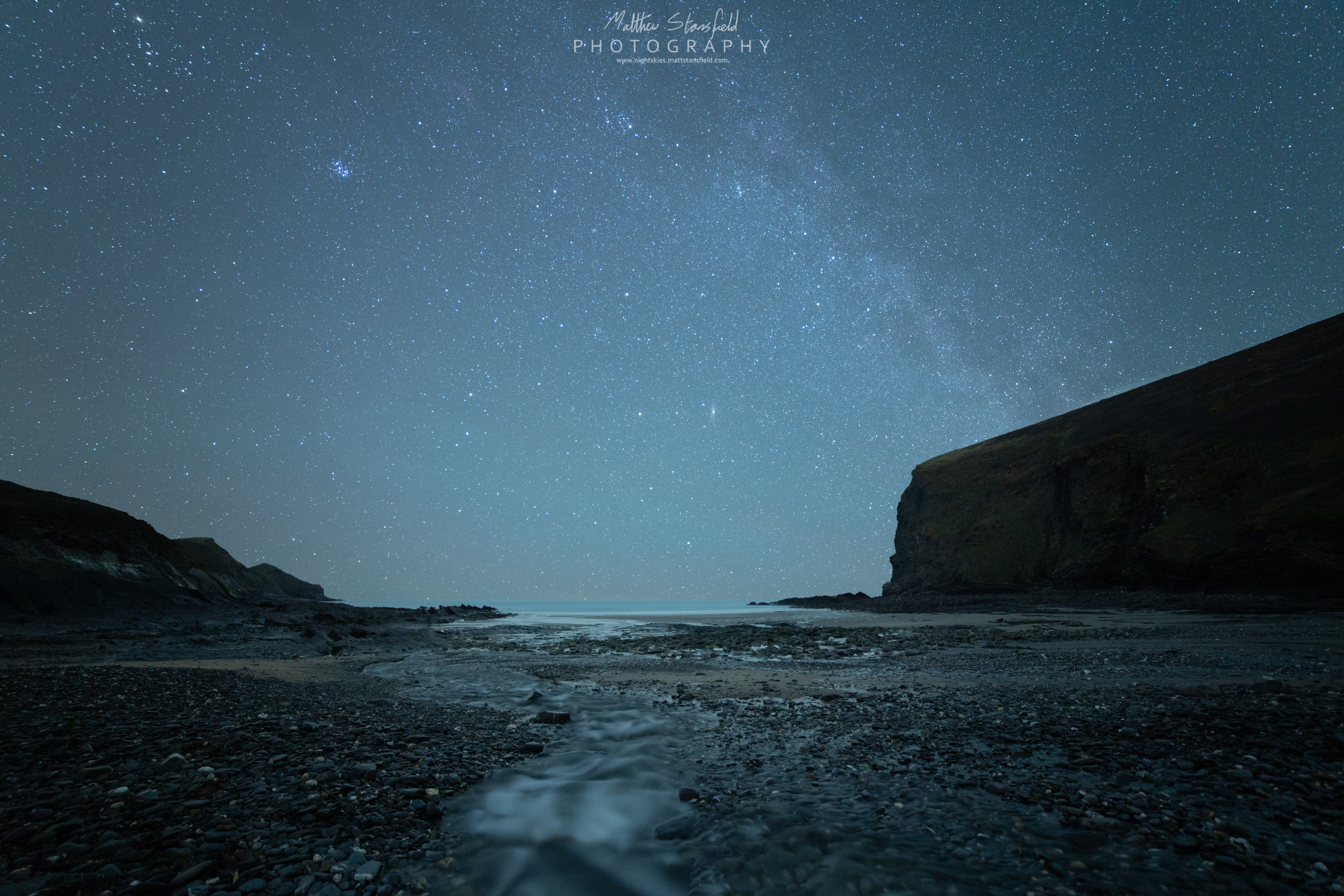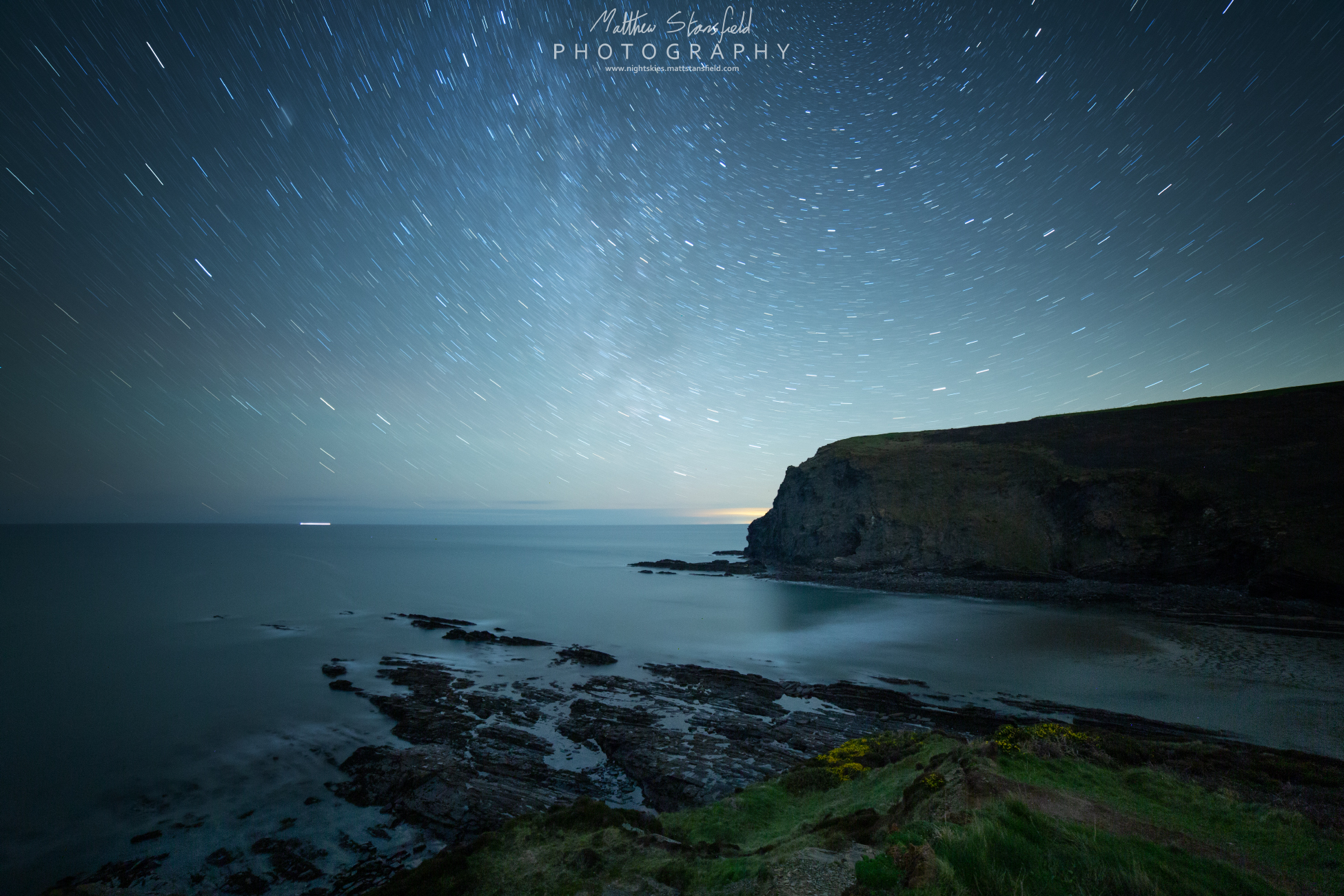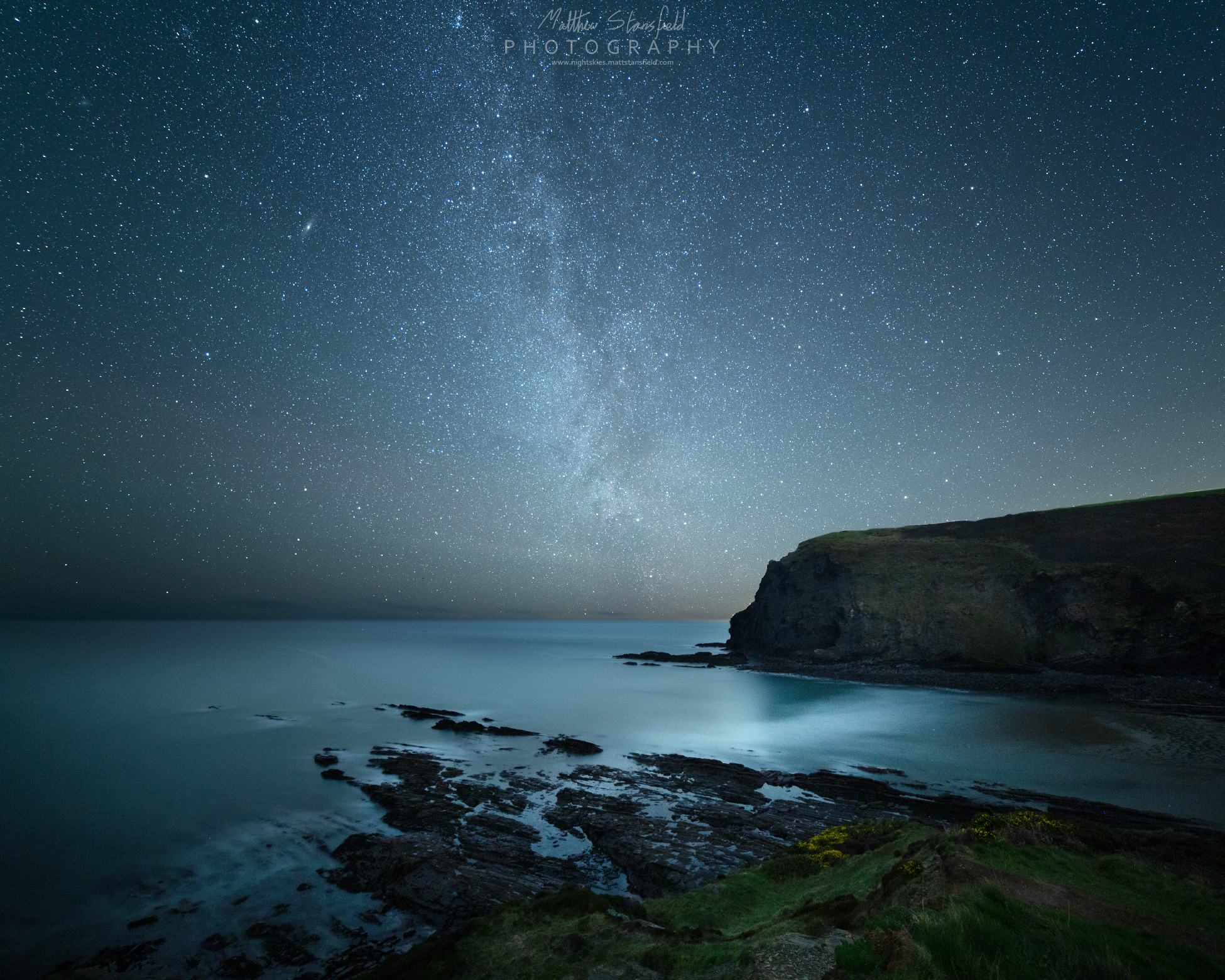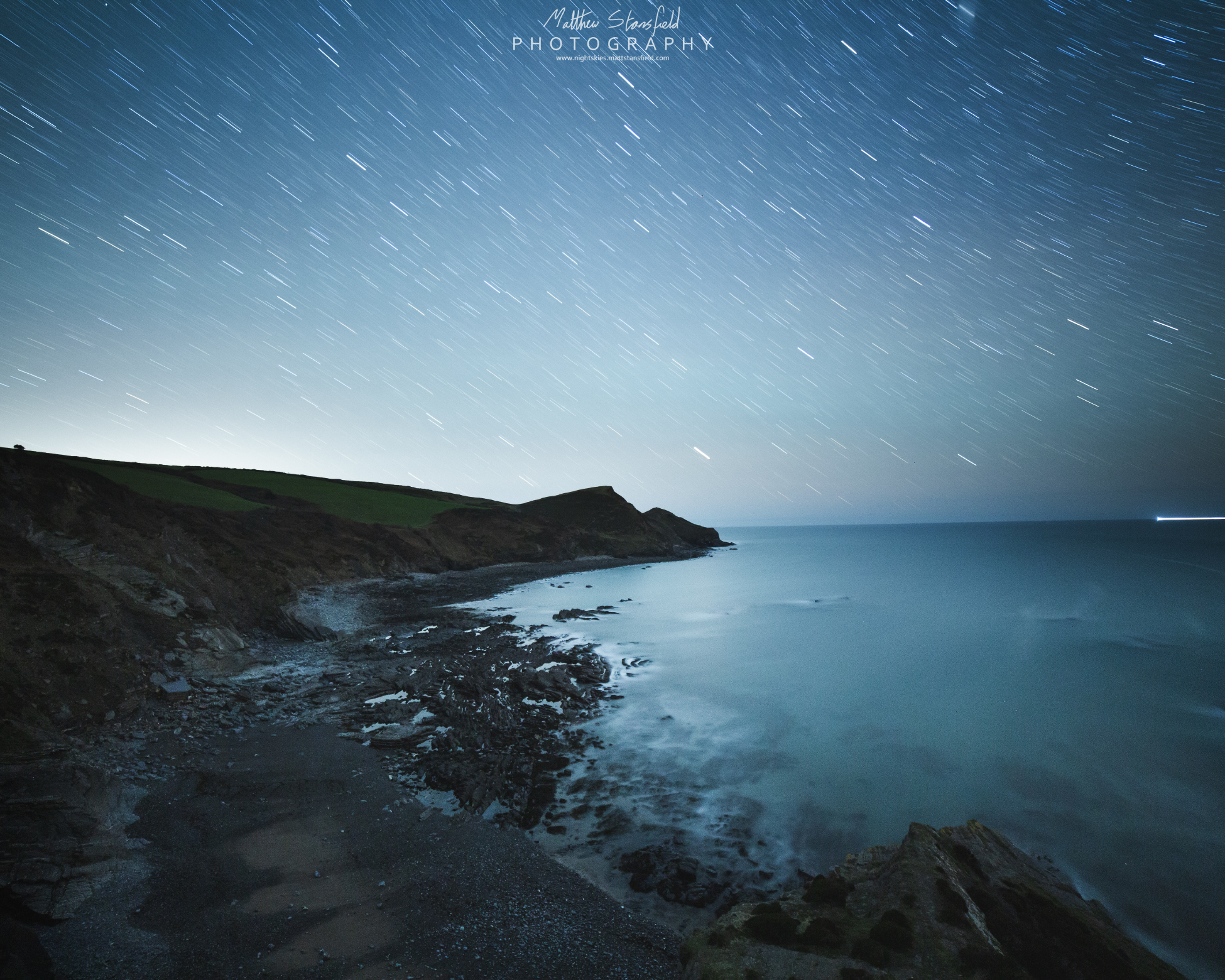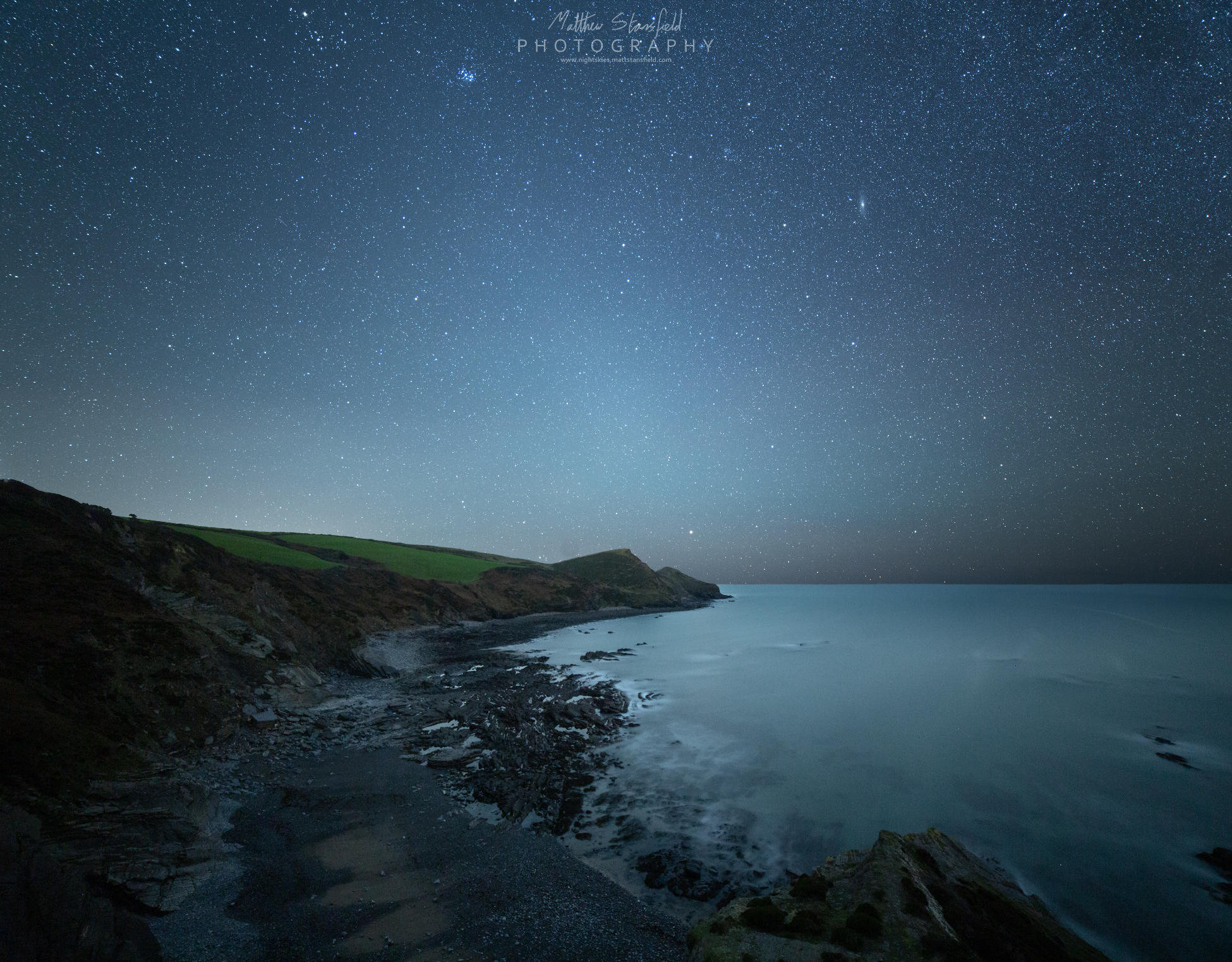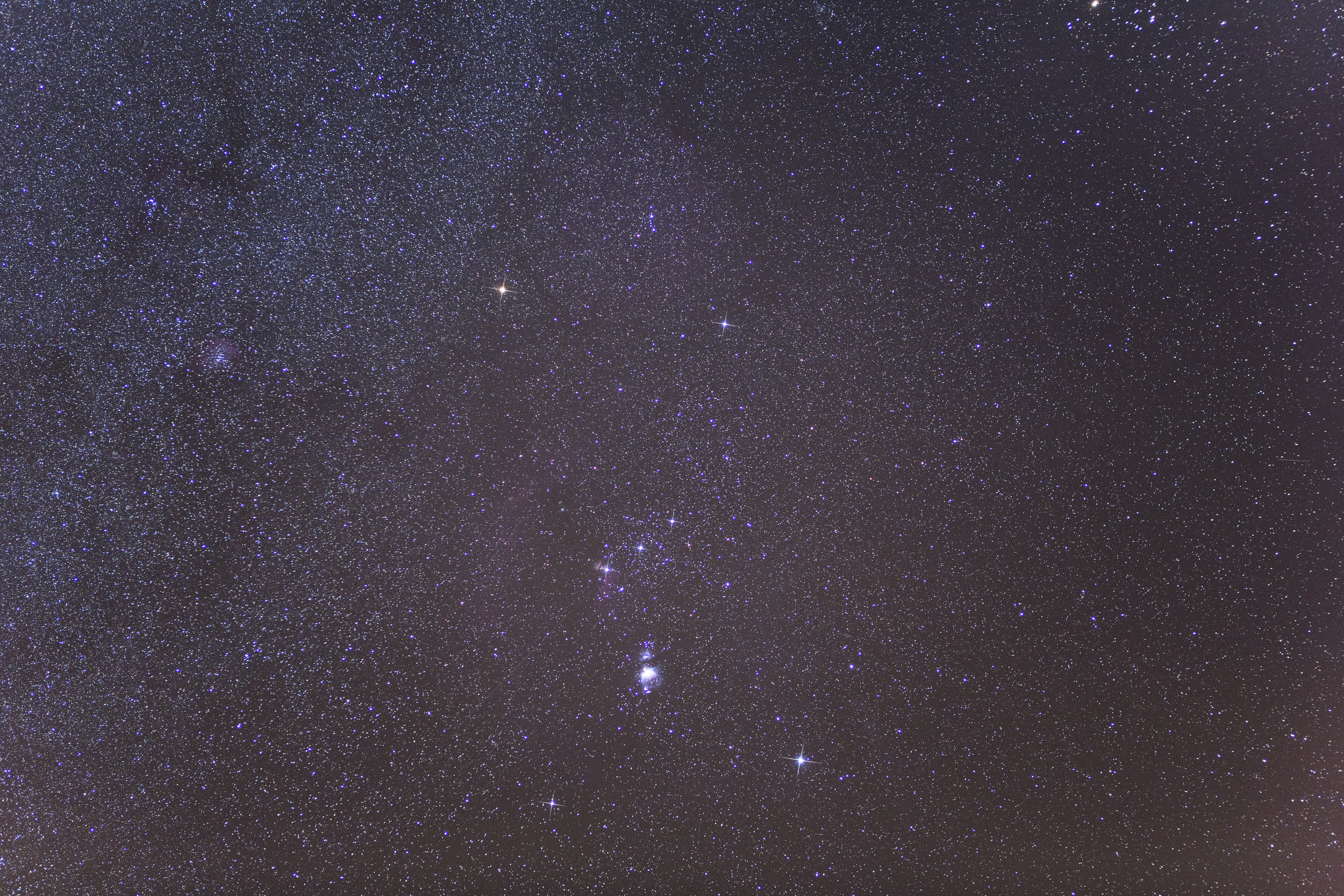July provided one of the most epic months for astrophotography for me. Mostly due to a visit to our skies of comet Neowise. A magical comet that surprised and amazed stargazers across the globe. My first sighting came from a trip to Botallack Mines on the wild west coast of Cornwall. This location is famous for a pair of engines houses perched on cliffside close to the water’s edge. I travelled down with a few companions, and we set off to make the most of the clear conditions. My first image from the night was actually looking the opposite way of the comet towards the Milkyway.
Botallack Mines and the Milkyway
Shortly after this composition, I walked along the coastal path to a northerly viewpoint for the comet. It was difficult finding a good composition but I stumbled across this quaint cottage which lined up with the comet which was now high in the sky. I didn’t quite realise the moment at the time but reflecting back, I probably won’t see a sight like this for another 10-15 years!
Comet Neowise.
Believe it or not, the night still wasn’t over. We wanted more from the night, so wandered the short distance to Pendeen Lighthouse, where not only did we capture the comet over the lighthouse, but we were also treated to a fantastic and rare display of noctilucent clouds. This was an award-winning image from the Alyn Wallace Instagram contest and a mind-blowing experience.
Pendeen Lighthouse.
My second shoot of July arrived a few days later and kept with the lighthouse theme with a trip to Trevose Headland. Cornwall and Devon's weather is unreliable at best and with this amazing and rare visitor in comet Neowise, I felt it important to make the most any clear conditions. This location worked well compositionally with the position of the comet I thought.
Trevose Lighthouse and Comet Neowise.
Later the same night, I travelled down the coast to Bedruthan Steps for my second locations. I have shot this composition before and thought I would try again with the added feature of Neowise. The skies are incredibly dark on this part of the coast, and the tail of the comet looked fantastic.
Bedruthan Steps and Comet Neowise.
Comet Neowise over Bedruthan steps.
My third shoot of July took me to south Devon’s Termite Bay. A beautiful beach nestled in the shadow of Start Point. I was delivering a workshop this night but took a few pictures after the sessions.
Great Mattiscombe Beach.
Milkyway over Mattiscombe.
For my final shoot of July, I travelled to Crackington Haven. A location on the north coast of Cornwall which I have explored on many occasions. The Milkyway core is westerly in the sky this time of year and lines up nicely to the headland. I placed myself in the scene too, to add some scale to this epic viewpoint. A good way to sign off an awesome month of Astrophotography.





